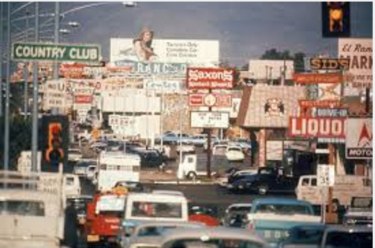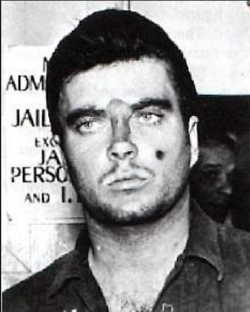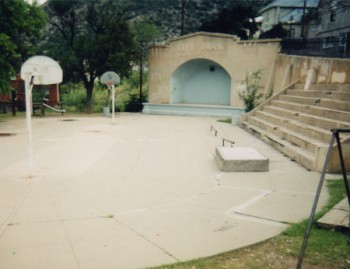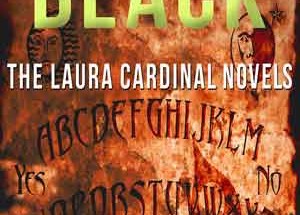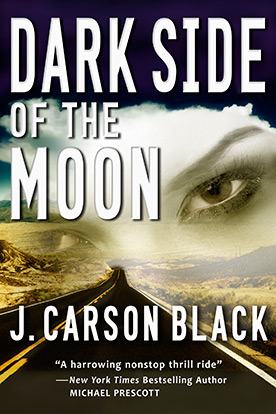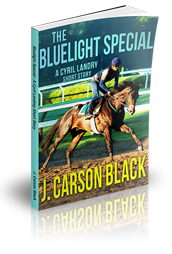
1. I lived in Bisbee. Why is that important? Because one day a lawyer friend who lived in the apartment next to us introduced us to another lawyer friend—her name was Laura Cardinal. The moment I met her, the first words out of my mouth were, “If I ever write a female detective, I’m calling her Laura Cardinal.” I had no idea at the time that the fictional Laura Cardinal would come to life in three novels, The Laura Cardinal Novels, and two novellas, Cry Wolf and Flight 12.
Laura Cardinal is now the presiding judge of Cochise County.
2. I had the help from some wonderful TPD and DPS guys. A dear friend, John Cheek, suggested I write about a very difficult subject: child depredation. It was important to let parents know how bad it was—how kids could be lured on the internet. And let me tell you, the idea of writing such a story scared the hell out of me. As the Wicked Witch of the West would say, it had to be done “delicately.”
3. I think I managed to reach that bar. The story is harrowing, but over the years, I’ve learned how to write with mercy. By that I mean, the dead at the beginning of a book are fair game. You just have to be very careful moving forward. Especially when it comes to children and animals. There are plenty of bad guys to kill.
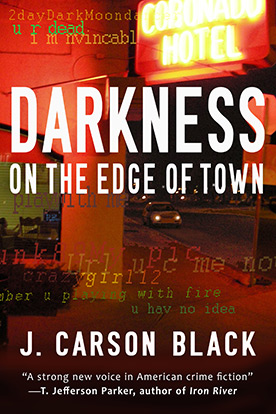
Darkness on the Edge of Town is the first book in The Laura Cardinal Series.
4. Darkness on the Edge of Town was the book that made me the writer I am today. It was a personal best.
5. I spent a lot of time preparing for this Laura Cardinal book, the first in The Laura Cardinal Novels. I even dredged up some scary stuff from my childhood in Tucson. I learned a lot from the good people at the Department of Public Safety. I learned that a detective with the Department of Public Safety could assist on homicide investigations anywhere in the state—which would always cause problems. Laura Cardinal would be an outsider and treated as such. Without him, I don’t know if there would be The Laura Cardinal Novels.
6. I tried to be fair and make the story real, but I did not GO THERE. I went close, but I DID NOT GO THERE. I came close to the edge, but there has to be some trust between the writer and the reader, and I did not break that trust. I got them as close as I could to the danger, but I did not cross that line.
7. But the story is harrowing. It even scares ME.
8. I drew on a few terrifying stories from my own past in my town. Tucson was predated upon by an evil home-grown killer, Charles Schmid. He killed three young girls.
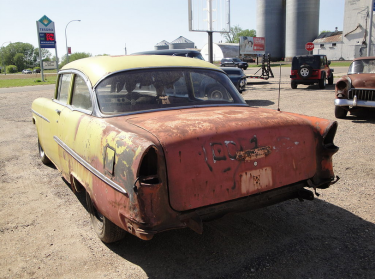
A creepy car, 1955 Chevrolet Bel Air
9. Another time, I was chased by a guy in an old orange 1950s car. I was fourteen. I wrote it down, of course. That’s the way I roll. I found it when I was coming up with this book, that obviously has deep meaning to me. The guy was scary as hell and chased me for blocks, right out of a horror movie, coming up one street and down the other in his crappy old car. I was so scared, because even running up to one of the houses and knocking would have taken too much time. I was lucky that I knew the neighborhood, and one of my best friends happened to be outside watering when I reached their house. The bad guy drove away.
10. So yes, I have the imagination, but I keep a lid on it. I try to be truthful but not delve too deep. However, everyone has their own depth, everyone has their own fears, everyone has that line that they will not cross.
You can read all three novels of the Laura Cardinal series in The Laura Cardinal Novels, a 3-in-1 edition, now on sale for $0.99 through June 6, 2016 at Amazon, Barnes & Noble, Kobo, and Apple.
Categories: Books Laura Cardinal The Laura Cardinal Novels


